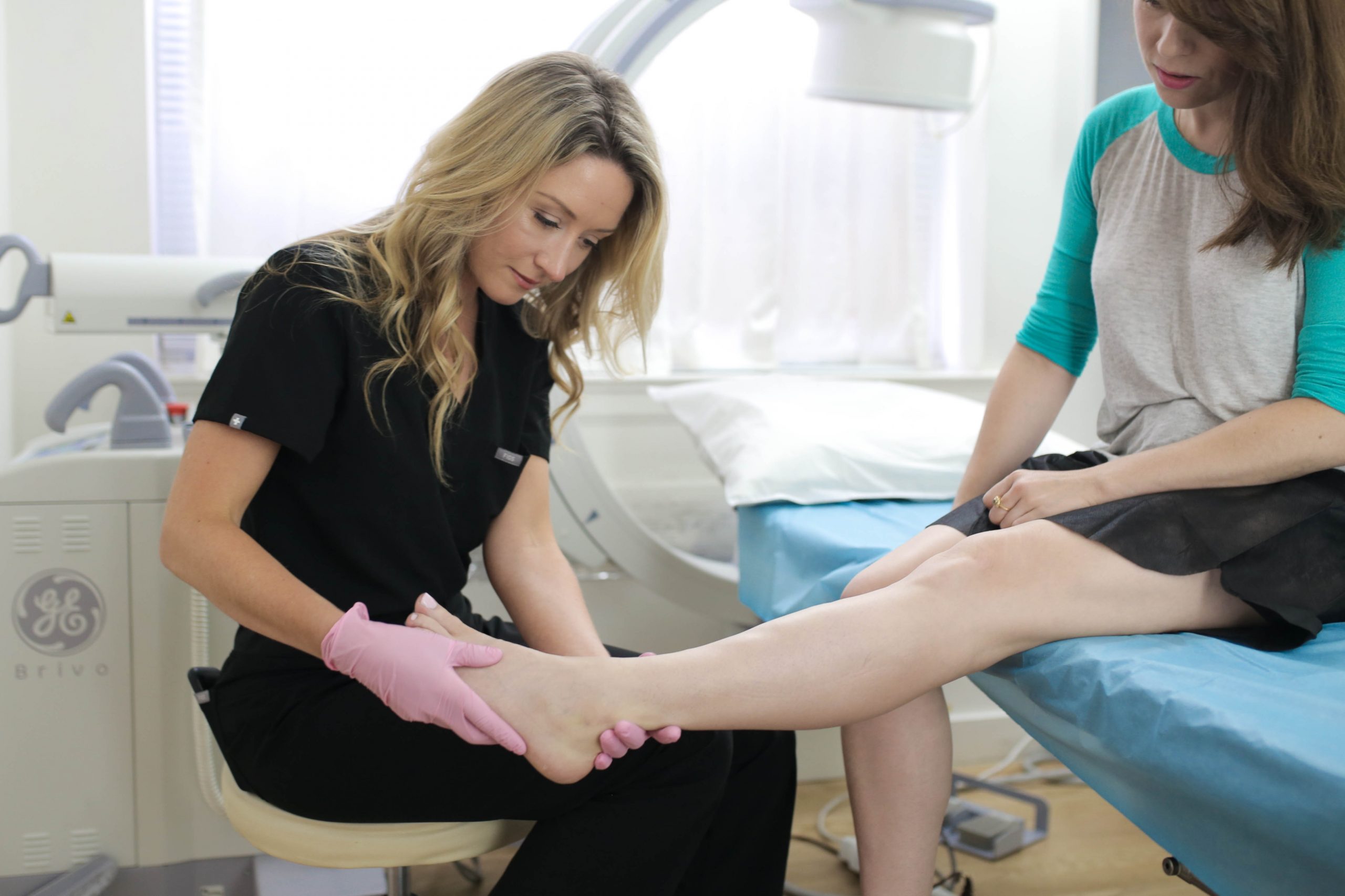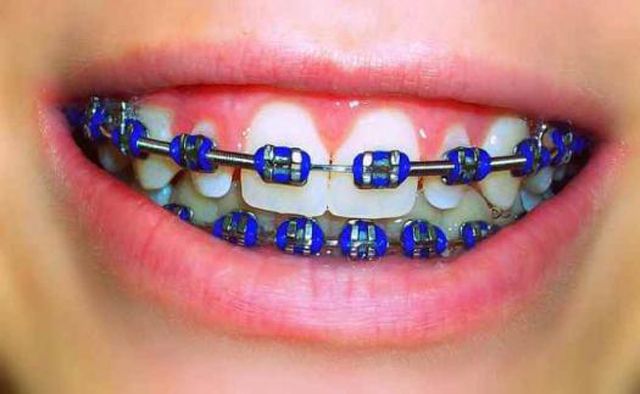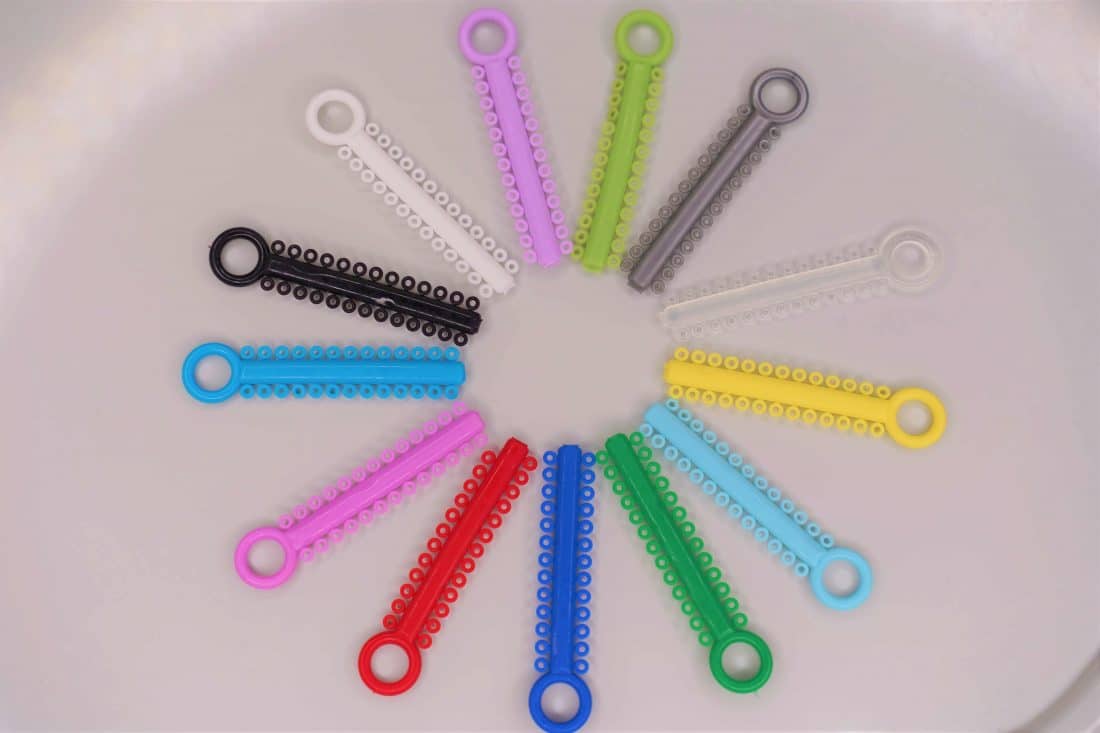How Well-Versed Are You in the Various Vein Conditions?
Vein insufficiency is a common medical condition affecting people at some point in life. Understanding different vein conditions plays a significant role in proactive health management. This piece of information covered the other veins in a detailed manner. Sometimes, people want to know what do vein centers do? Vein centers employ different skilled professionals where the vein specialist team examines, diagnoses and provides treatment of varicose veins, spider veins, and venous wounds.
Varicose Veins
Varicose veins make people’s lives hell by making them visually appear known, with bulging, twisted or enlarged veins usually appearing on the legs. Suppose you have anyone in the family or relatives with a history of these veins or job professionals requiring prolonged sitting or standing. In that case, you might be more acquainted with varicose veins than you’ve never imagined.
Deep Vein Thrombosis (DVT)
DVT is another type of vein that occurs when blood clots form in your veins, especially in the legs. However, you don’t have to take this condition lightly because these clots can break free and pass to the lungs, which can become a life-threatening issue. Long flights, prolonged bed rest, or a family history of blood clotting issues can make you more susceptible to this stealthy adversary.
Chronic Venous Insufficiency (CVI)
CVI results from malfunctioning vein valves, which let blood pool rather than flow out of the body. Moreover, swelling, skin changes, redness, irritation, and discomfort may occur from persistent venous hypertension. In aging people or as a result of conditions such as DVT, CVI frequently develops.
Spider Veins
Spider veins are smaller than varicose veins as they look like a web-like pattern beneath the skin’s surface. While they are not as harmful as (CVI) or DVT, they still cause discomfort and pain. It can occur for various reasons, such as prolonged sitting or standing, hormonal imbalances, and valves being weakened because of the blood vessels. Veins transform into purple or red on your legs.
Why does Varicose Vein Develop?
Varicose vein conditions start developing when the valves weaken, which is the only major factor that enhances the risk of developing varicose veins. Your vein’s weakened walls allow it to enlarge as blood pressure rises within it. The valves in your vein that regulate blood flow don’t function properly as they stretch. Your vein will swell, bulge, and twist due to sluggish blood pooling or backing up.
Weaken valves can become weak for several reasons, including:
- Hormonal changes
- The aging process.
- Wearing Tight-Fitting Clothes
- Restrictive clothing.
- Standing or sitting in one place for long hours puts pressure on the veins.
When your vein starts deteriorating, these conditions enhance the risk of developing varicose veins. Your vein’s weakened walls allow it to enlarge as blood pressure rises within it. The valves in your vein that regulate blood flow don’t function properly as they stretch. Your vein will swell, bulge, and twist due to sluggish blood pooling or backing up.
Closing Note
It is essential to make an appointment with a vascular specialist on time because varicose veins are a more severe health medical condition. If left untreated, veins can cause more complicated medical issues such as ulcers, sores, or heart disease. To maintain your vein condition, take precautionary measures and timely treatment when required. How much does varicose vein treatment cost? It is worth mentioning that the cost of treatment may vary based on how severe the condition is, the doctor’s experience, location, and many other factors.



